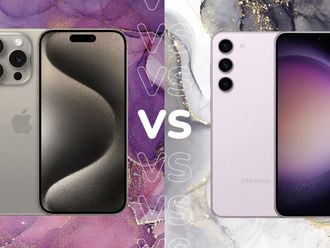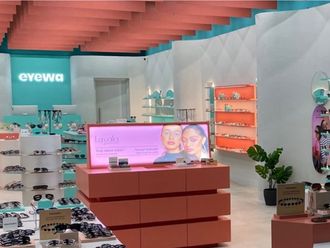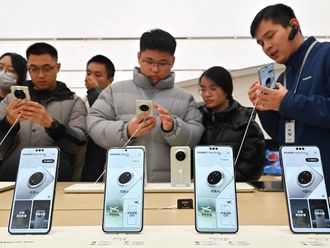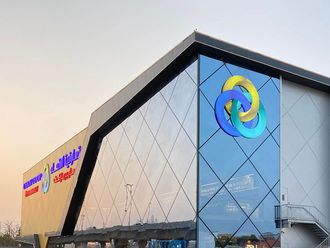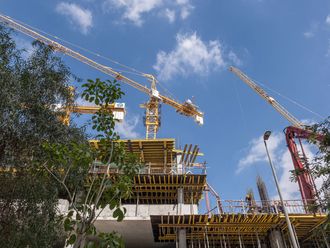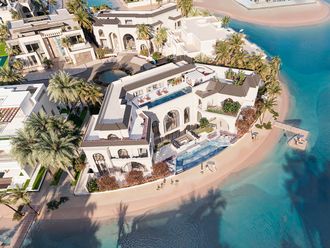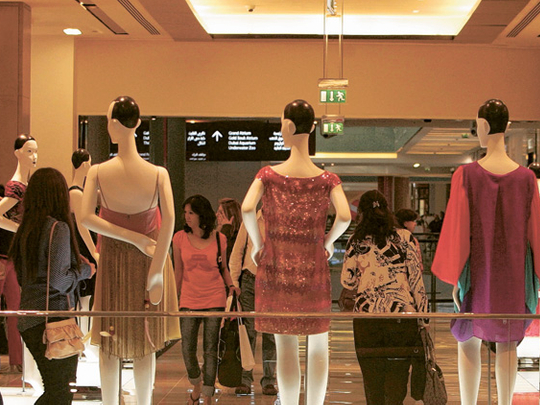
Dubai: As the dust settles after the sharpest economic downturn in decades, buyers' appetite for luxury is once again on the rise.
As much as an eight per cent growth in high end sales could be recorded by the end of the year.
"Over the last four to five years, we've been on a trend which has seen 20 or 35 per cent growth rates per annum," said Cyrille Fabre, a senior manager at Bain and Co., a specialist consultancy firm. "We then moved to a situation where it was anywhere between a zero and four per cent decrease."
But things are looking up. Fabre expects the global luxury market to soon revert to pre-crisis levels, at least in the Middle East. "We do think the market will out-perform the global average, but not by a huge margin," he explained.
The factors which brought the market down now seem to be showing signs of a turnaround. The UAE, for instance, recorded a four per cent drop in its tourism numbers, which according to Fabre contributes roughly 50 per cent of luxury sales.
Visitor numbers are also on the rise, with Dubai recording a nine per cent increase in arrivals over last year. This is reflected in the high numbers of luxury retailers.
"We are growing in double digits compared to last year," Alessia Moretti, the UAE manager for Sisley, said at the Luxury Forum. "Around 30 per cent of our clientele is represented by tourists, so when we opened up in Duty Free this year we were selling like hotcakes. We are performing over our expectations."
Consumer confidence
There are other indicators too. The MasterCard Consumer Confidence Index had dipped by 49 per cent, but has now returned to a healthier 69 per cent.
In a bid to bring back buyers, retailers are offering massive discounts and unprecedented promotions during the shopping festivals and other key times in the retail calendar. But with luxury brands, where promotions aren't an option, outlets are choosing to hold steady so as not to damage their brand equity, Fabre said.
According to the TNS Dubai Luxury Retail Market survey, 70 per cent of luxury shoppers tend to buy items that are not on sale, showing that lowering prices would not be such a draw for these buyers. Brands have also shifted their strategy from focusing purely on opening stores to how they can make their existing ones more profitable.
"It's all about getting stores to deliver more business than they would otherwise," said Fabre. "Brands are focusing on revenue growth and looking more at internal operations. People here were always good at opening stores, but not so good on the nitty-gritty details."
According to Erwin Bamps, the CEO of Gulf Craft, the amount spent on marketing budgets is increasing. "A lot was invested in networking events and for advertisement," he said at the Luxury Forum.
The products showing the biggest comeback are clothes and accessories. According to Bain and Co.'s latest luxury retail report, global sales of apparel grew by eight per cent between 2009 and 2010, while accessory sales were up by 16 per cent in the same period.
This is a pattern that's happening in the UAE as well. According to a recent survey by ACNielsen, around a third of UAE consumers buy luxury goods and are particularly attracted to designer apparel and accessories. While globally the ratio for women to men who buy luxury brands is 60:40, in the UAE it's a lot higher at 70:30.


